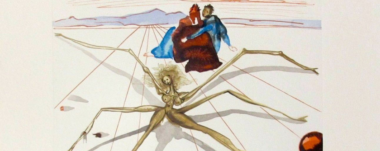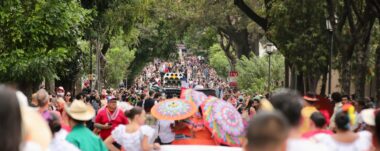Lagoons of Costa Rica: Natural Beauty and Diversity
Costa Rica has several lagoons that offer unique experiences and beautiful landscapes. The ecosystems of the lagoons are often rich in biodiversity, hosting a variety of unique plants and animals. Many species of birds, fish, amphibians and mammals depend on the lagoons for their survival. Here are some of the most outstanding of them:
Don Manuel Lagoon
Located in the province of San José, this lagoon is known for its crystal clear waters and offers opportunities for swimming, hiking and enjoying nearby viewpoints. It can be reached on foot from the parking lot of Mirador Bosque Alegre.

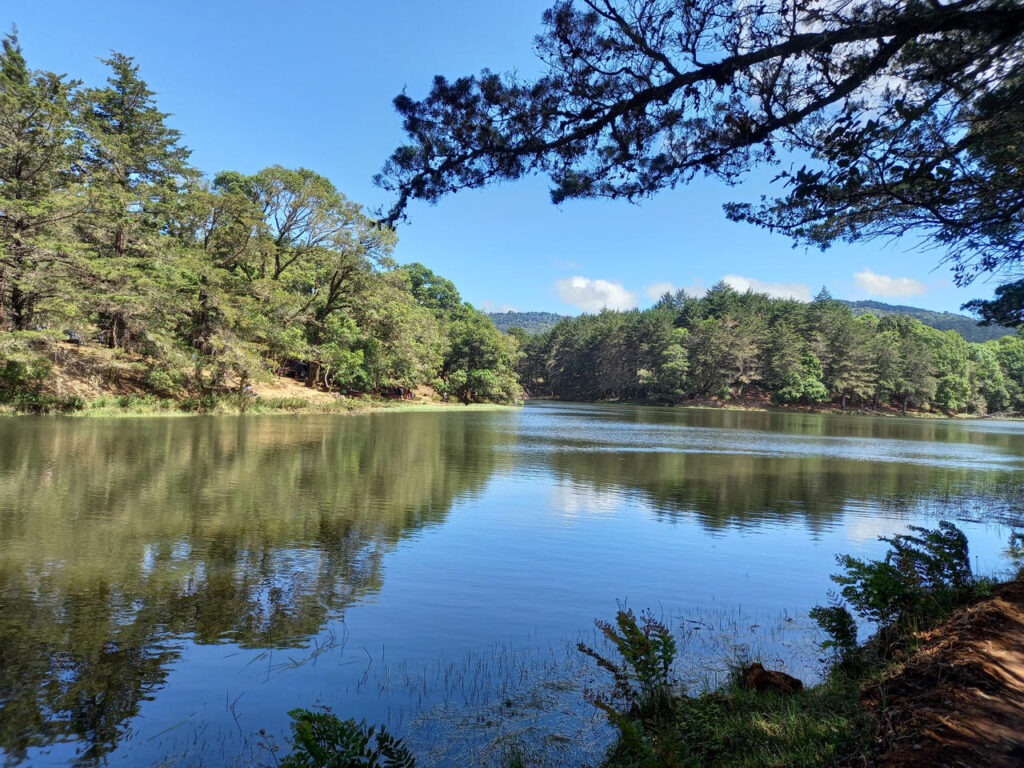
Fraijanes Lagoon
Located in the province of Alajuela, this lagoon is popular for boat tours and artisanal fishing. The easy access and natural beauty make it an attractive tourist destination.
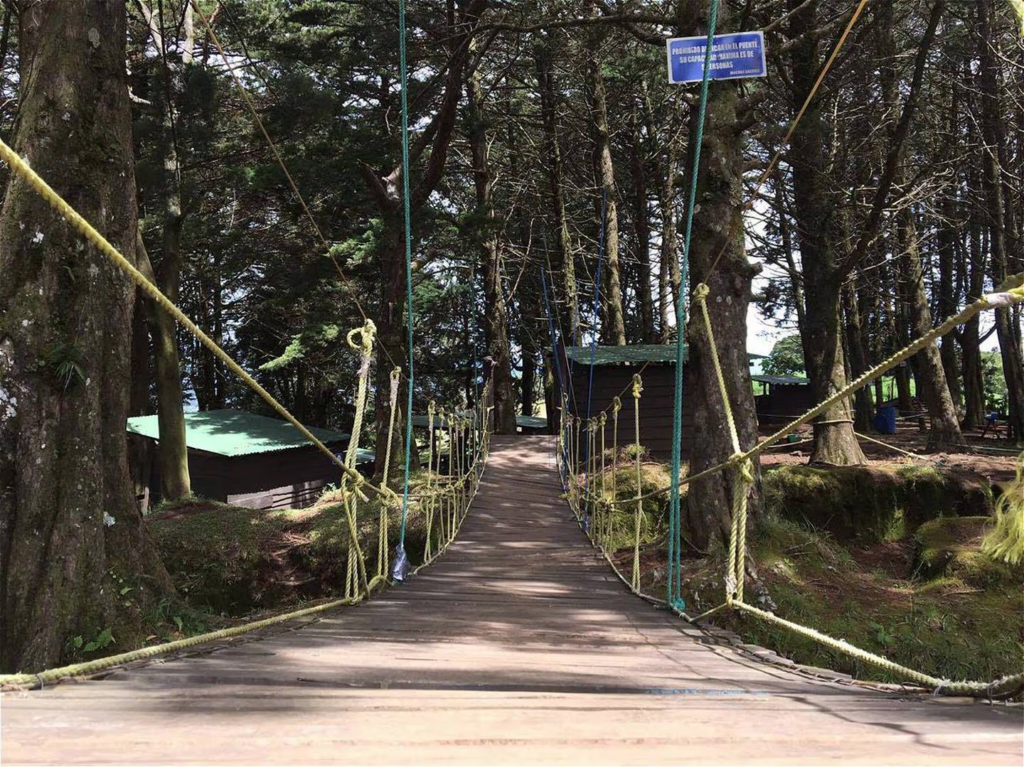

Hule Lagoon
Situated in the province of Alajuela, this lagoon is a wildlife refuge and offers opportunities to hike, swim and enjoy nearby viewpoints. It can be reached on foot from the parking lot of Mirador Bosque Alegre.
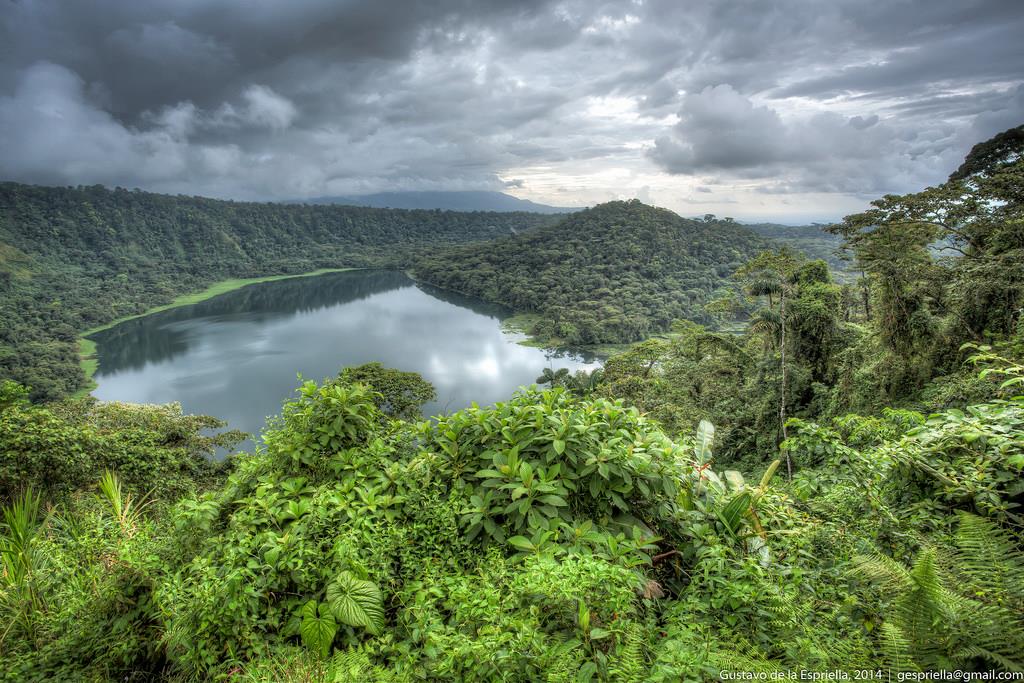
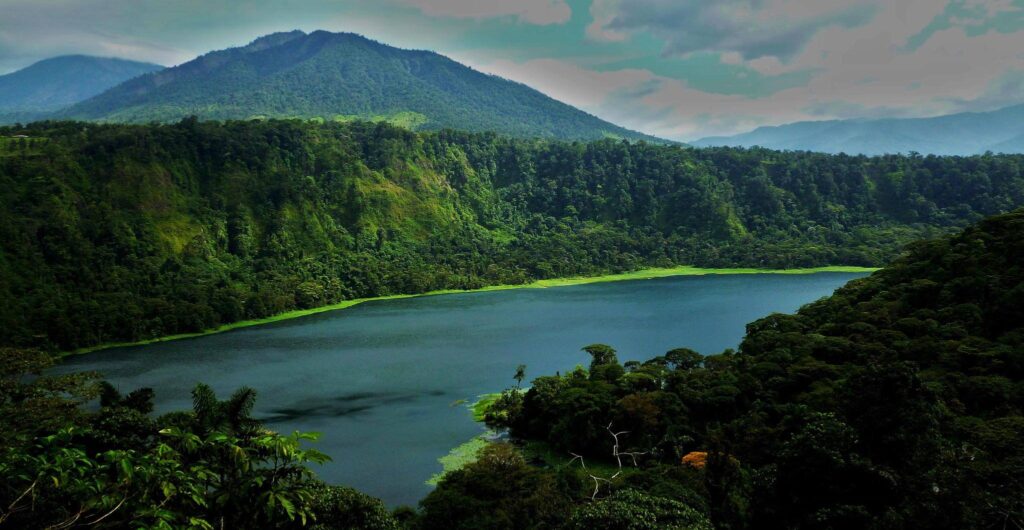
Rio Cuarto Lagoon
Also in the province of Alajuela, this lagoon is known for its crystal clear waters and offers opportunities for swimming and hiking in its surroundings. You can get there by the road that leads to the Poás Volcano.
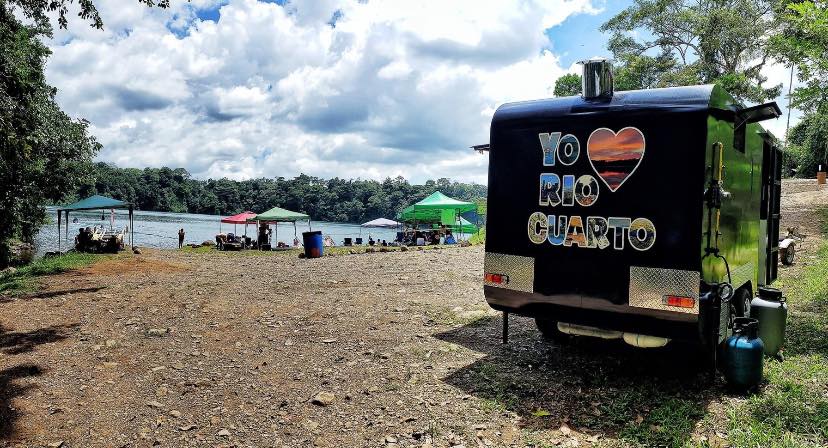
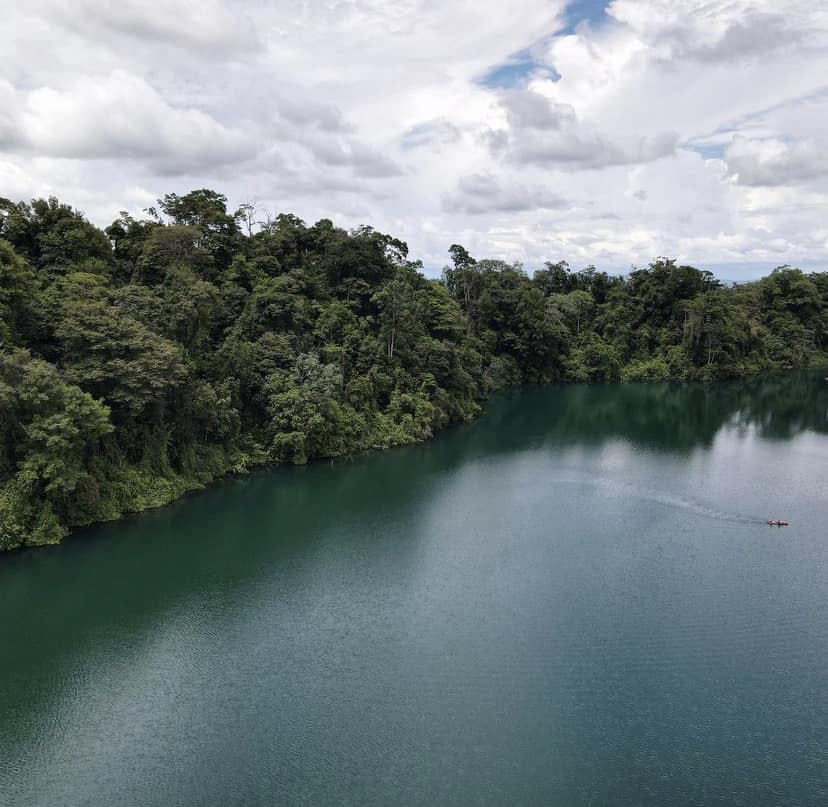
Botos Lagoon
Located in the province of Poás, this lagoon is an excellent option for day trips and offers beautiful views. An open property can be reached by public access.
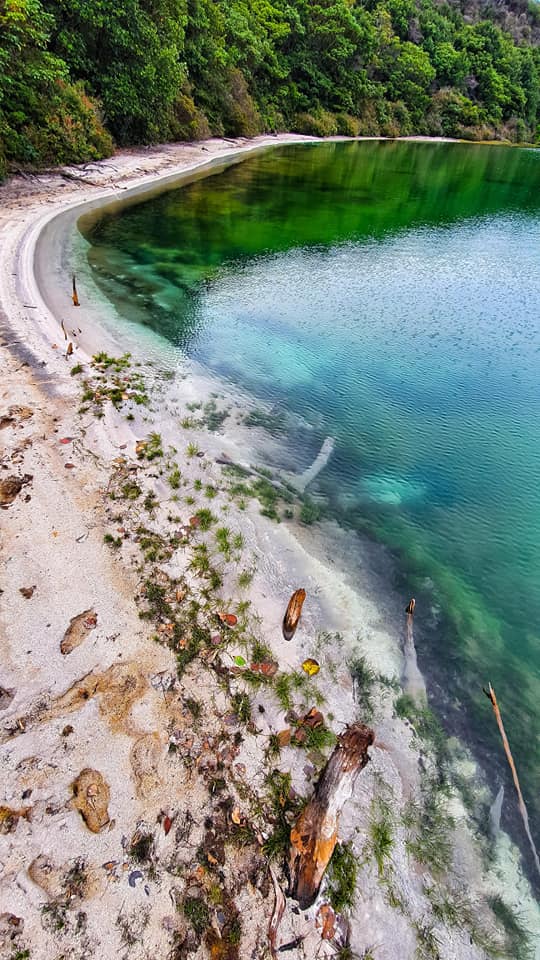
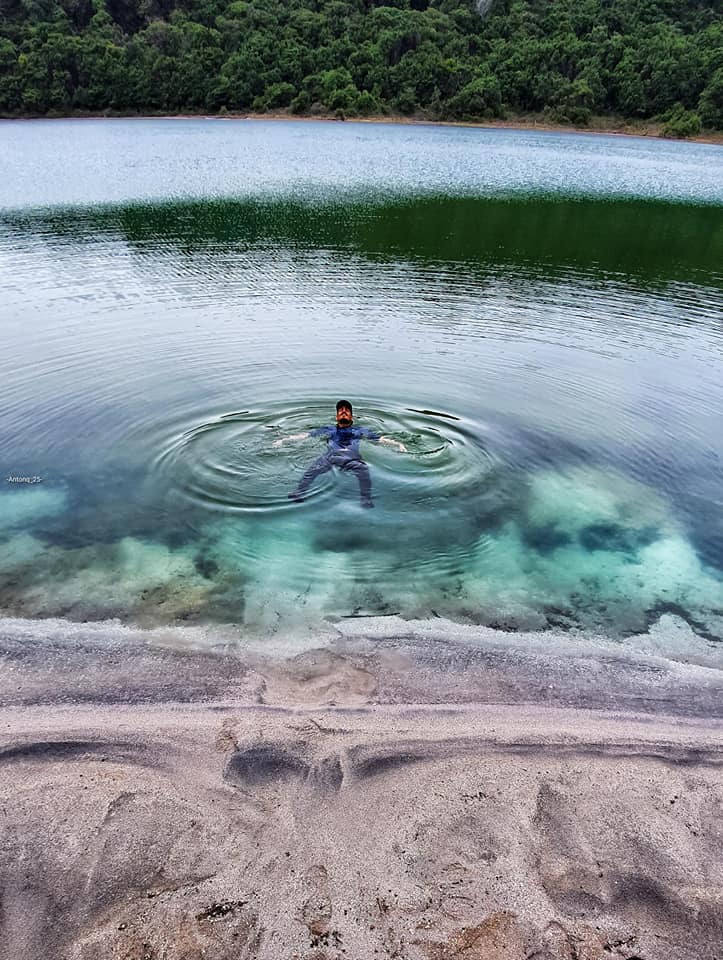
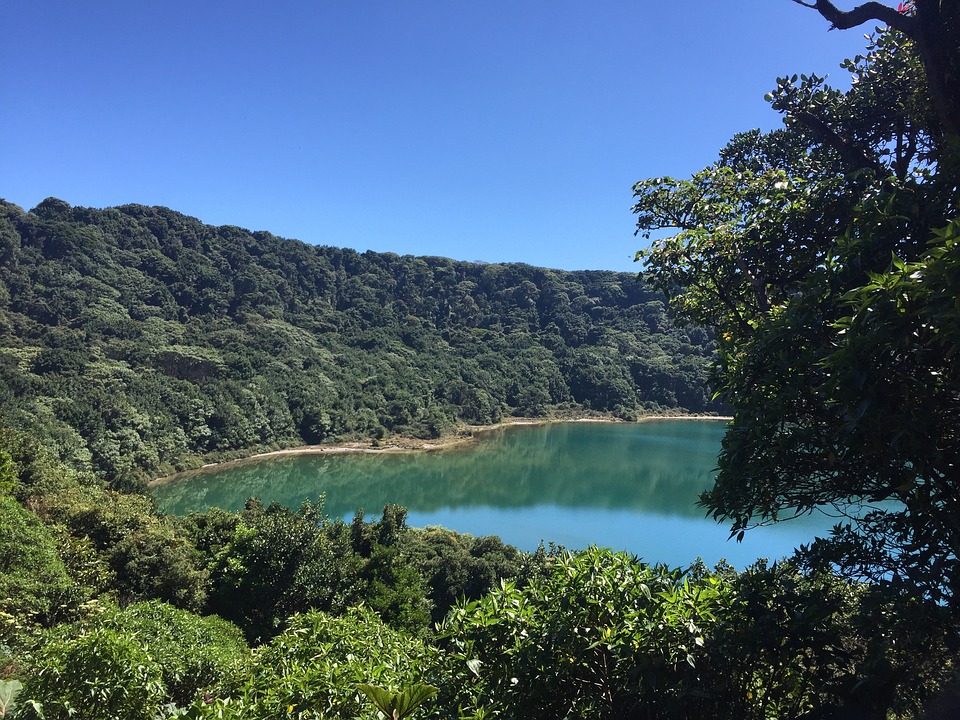
Many of the lagoons in Costa Rica were formed in volcanic craters, giving them a unique beauty and composition. Past volcanic activity created these bodies of water, such as the Botos Lagoon at Poás Volcano and the Irazú Volcano Lagoon, which present fascinating natural environments.
Cote Lagoon
Located in the province of Alajuela, this lagoon is known for its geological features and offers opportunities for boat tours and artisanal fishing. It is possible to reach it from the north of Lake Arenal towards Guatuso de Alajuela.
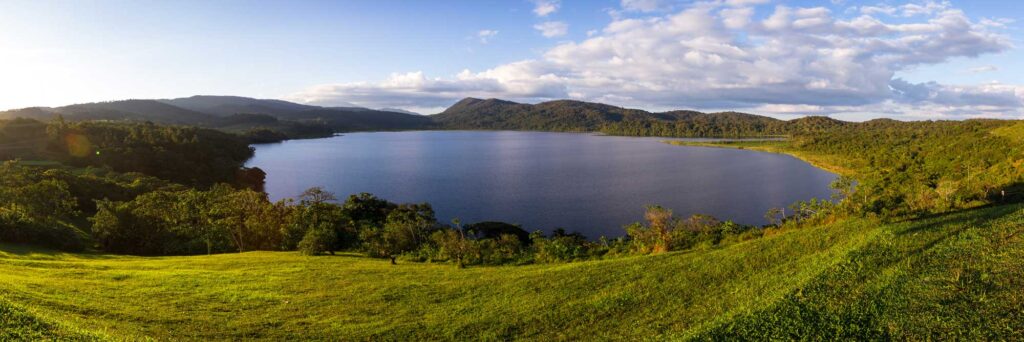
Pocosol Lagoon
At the Pocosol Biological Station in the Cordillera de Tilarán, this lagoon offers trails through primary and secondary forest, as well as lodging and food. You can get there from the San Ramón-La Fortuna highway.
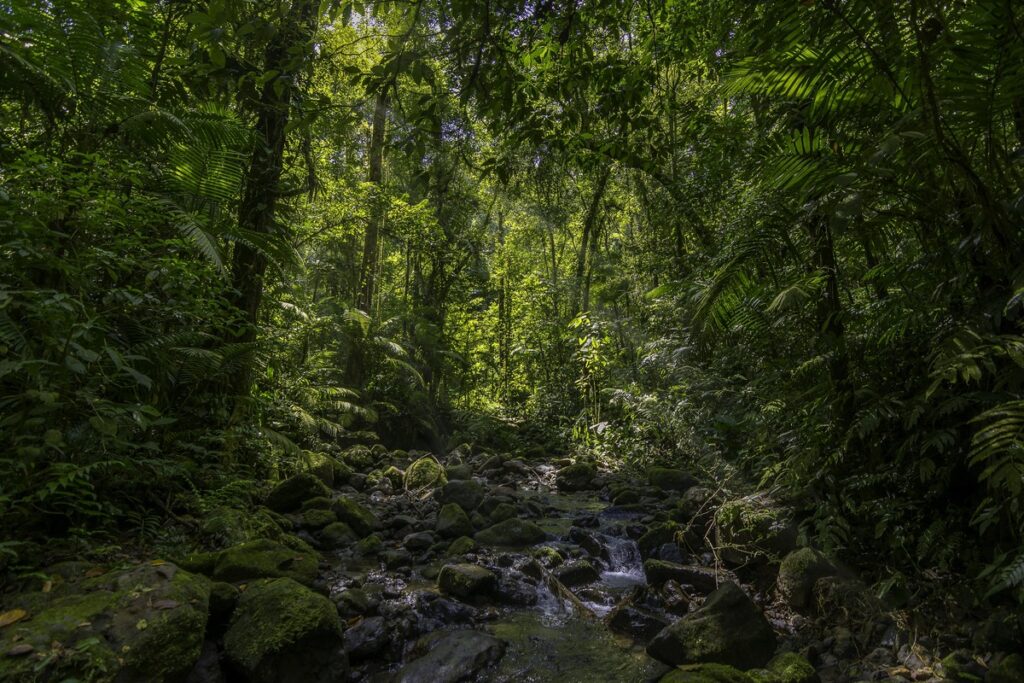
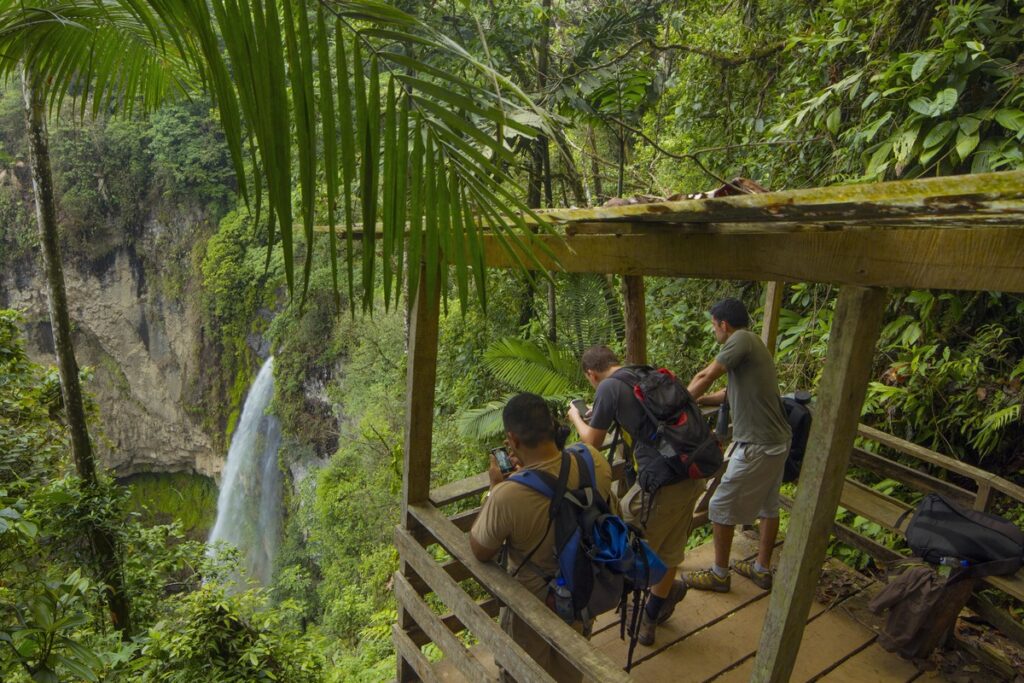
Celeste River Lagoon
In the Tenorio Volcano National Park, this lagoon is famous for its azure blue color, and offers opportunities to hike and enjoy the natural beauty. Walking access is available from the national park.
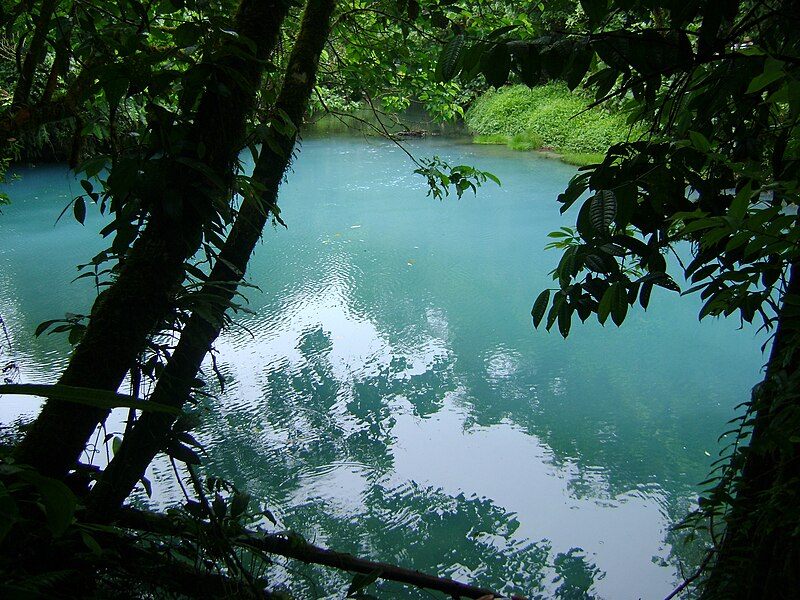
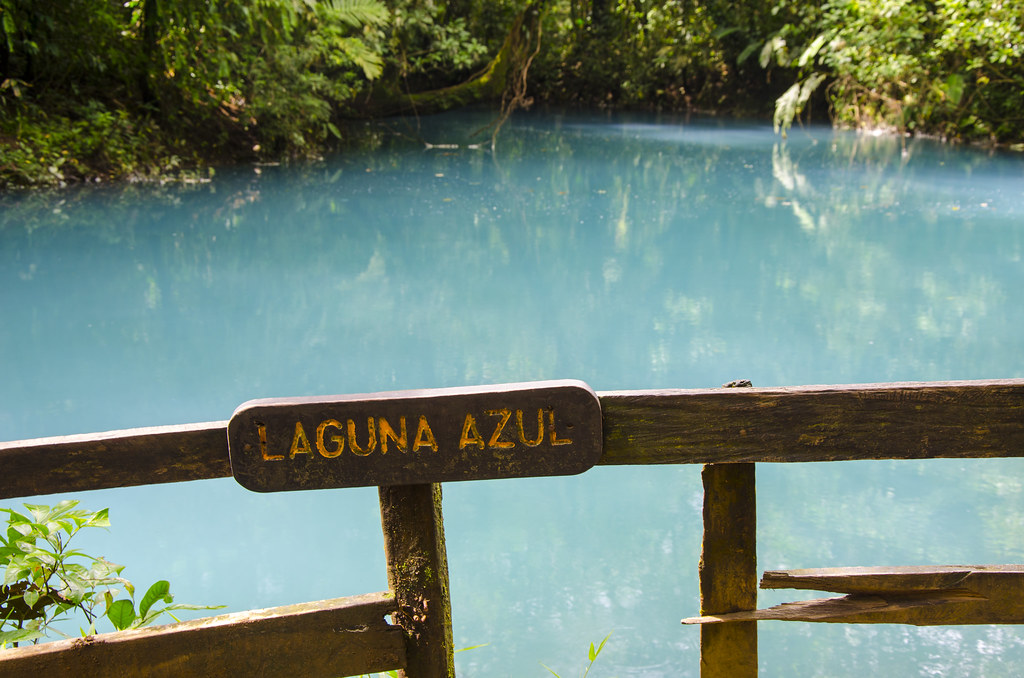
Congo Lagoon
People know this lagoon for its crystal clear waters and locate it in the province of Alajuela, where they can swim and enjoy the nearby viewpoints. It can be reached through a property open to the public.
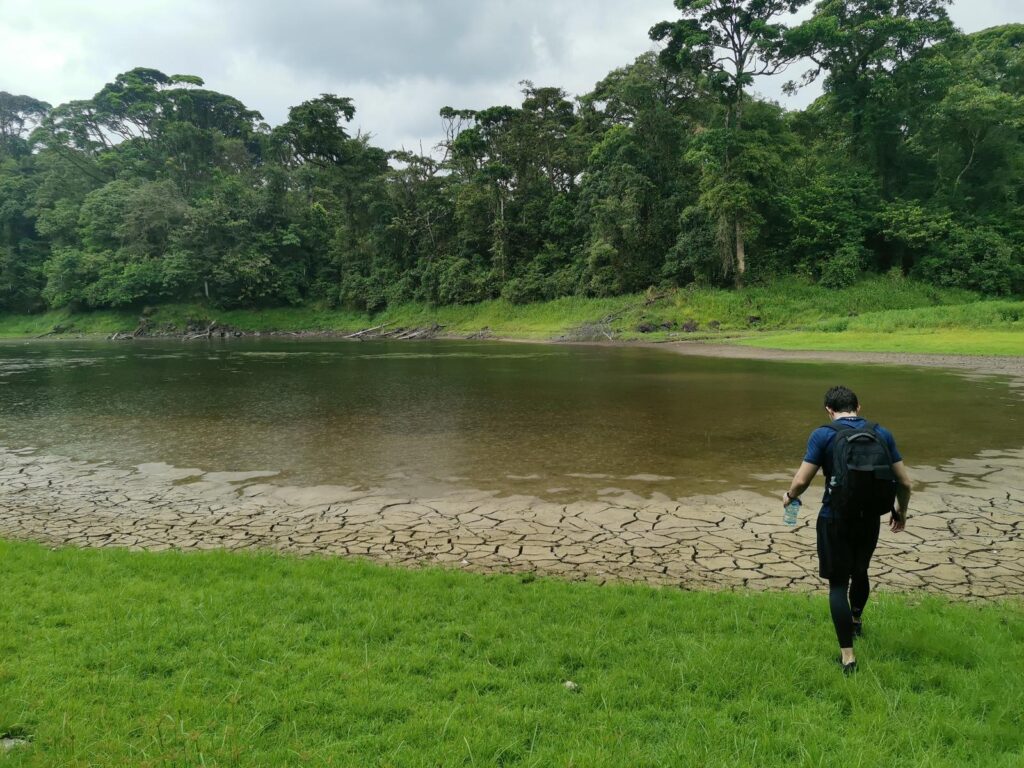
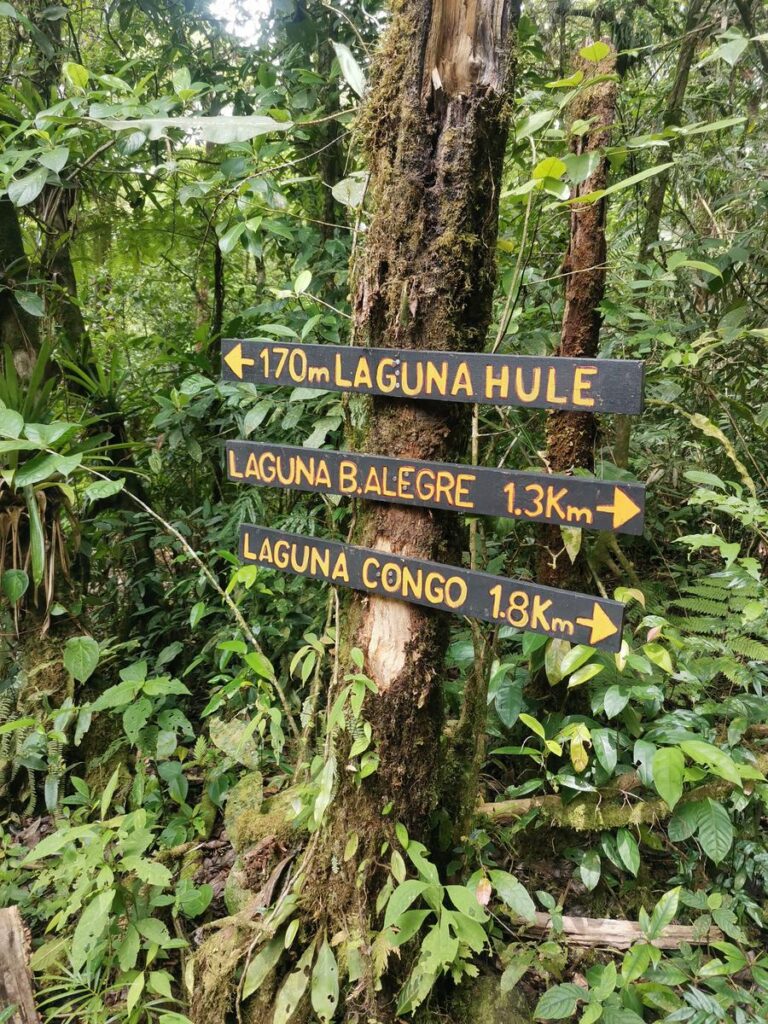
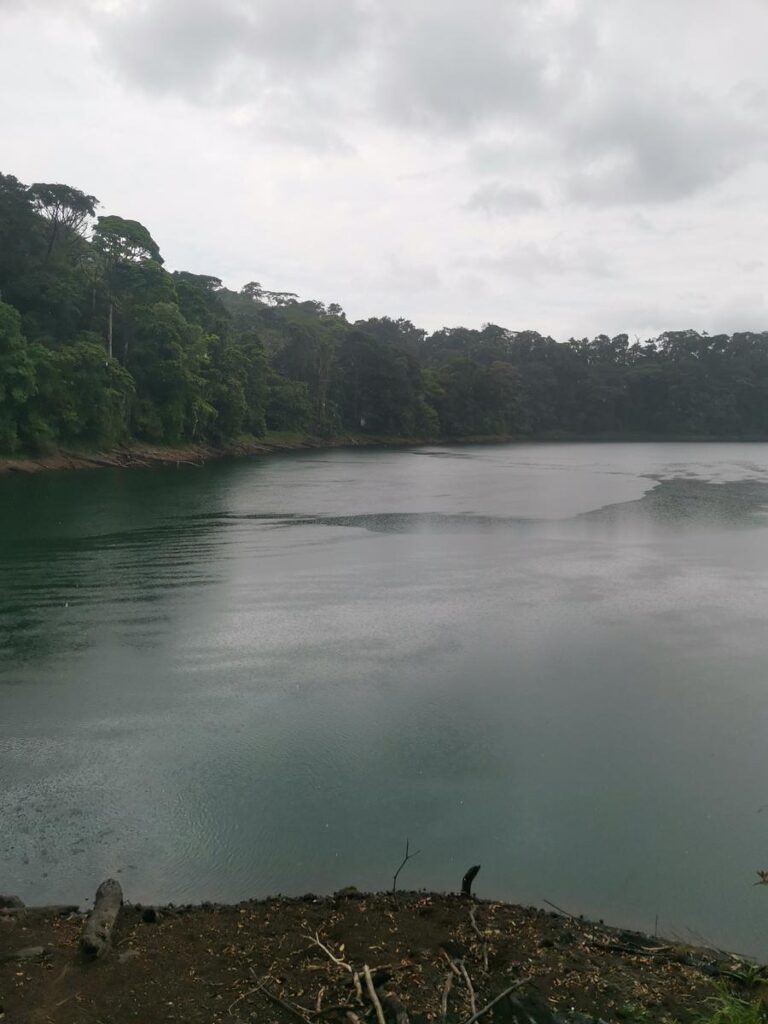
Junco Lagoon
Located on San Cristobal Island in the Galapagos archipelago, this lagoon is unique in Costa Rica for its geographic location. Although it is the only source of fresh water on the island, it offers an oasis for several species of birds, including the iconic blue-footed boobies.
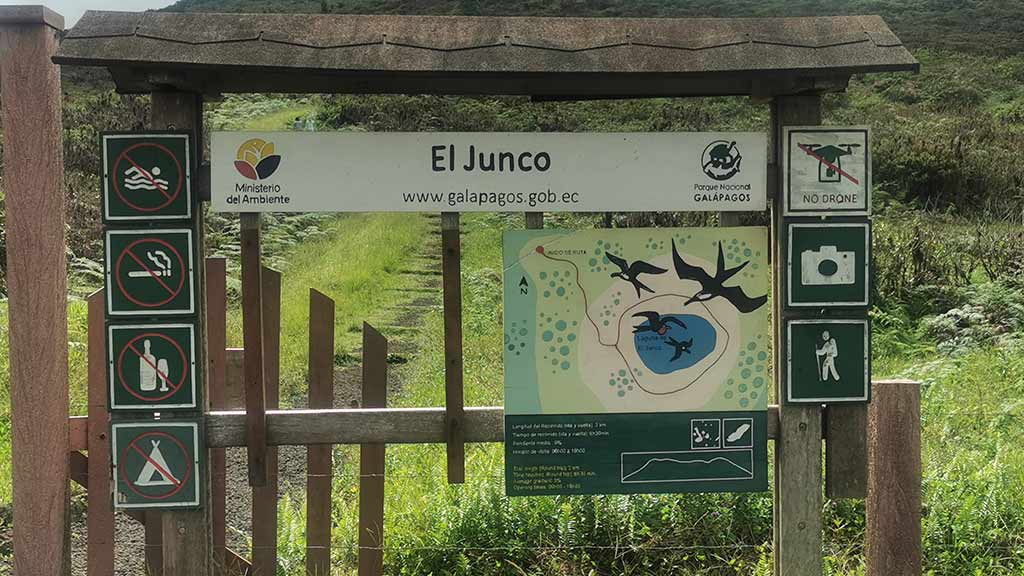
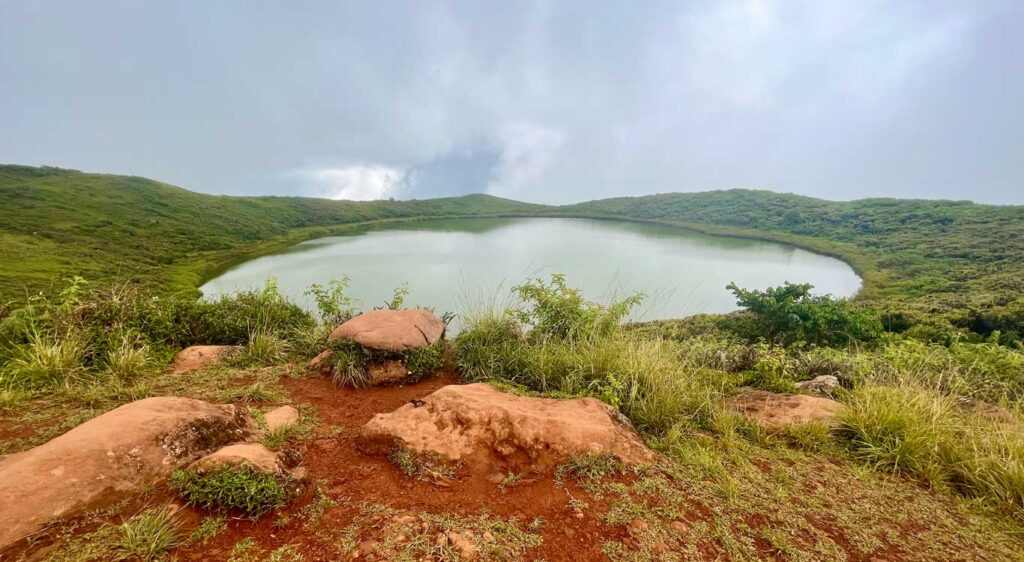
Lagoons can form in a variety of ways, including volcanic activity, glacial erosion, land subsidence, or the action of rivers and streams. Each lagoon has a unique geological history that contributes to its beauty and uniqueness. Because of their varied and often isolated nature, some lagoons harbor endemic species found nowhere else in the world. These unique habitats are important for global biodiversity conservation. Here are just a few of the many lagoons that can be visited in Costa Rica, each with its unique characteristics and natural beauty.
Sensorial Sunsets
Navigate articles






